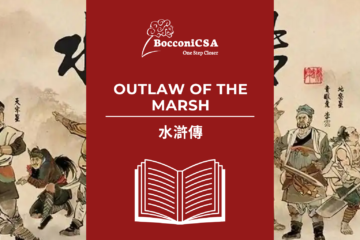Author: Yao Tong
The earliest documented evidence of Chinese culture has existed since around 2070 BC and, with it, a rich history of music has developed. Here are some of the most unique Chinese musical instruments.
Guzheng | 古筝
The Guzheng, also known as the Chinese zither, is a plucked string instrument with more than 2,500 years of history. It was the most popular instrument in China. Guzheng players often wear fingerpicks made from materials such as plastic, resin, tortoiseshell, or ivory on one or both hands.
Guqin | 古琴
The Guqin is a plucked seven-string instrument also known as qixian-qin or seven-stringed zither (七弦琴). It produces a deep and tranquil sound. Like the Guzheng the Guqin also belongs to the zither family and has been played since ancient times. Traditionally, it has been associated with the ancient philosopher Confucius and it is sometimes referred to by the Chinese as “the father of Chinese music”.
Dizi | 笛子
The Dizi is a transverse flute. This instrument is prevailing in Chinese folk music, Chinese opera, as well as the modern Chinese orchestra. Most Dizi are made of bamboo, but it is also possible to find ones made from other kinds of wood, or even from stone: for example, Jade dizi (or 玉笛; yùdi) are popular among collectors.
Hulusi | 葫芦丝
The Hulusi is a free reed wind instrument. Unlike the bamboo Dizi, it is held vertically and has three bamboo pipes that pass through a gourd wind chest; the centre pipe has finger holes and the outer two are typically drone pipes. The Hulusi has a very pure, very mellow clarinet-like sound.



0 Comments